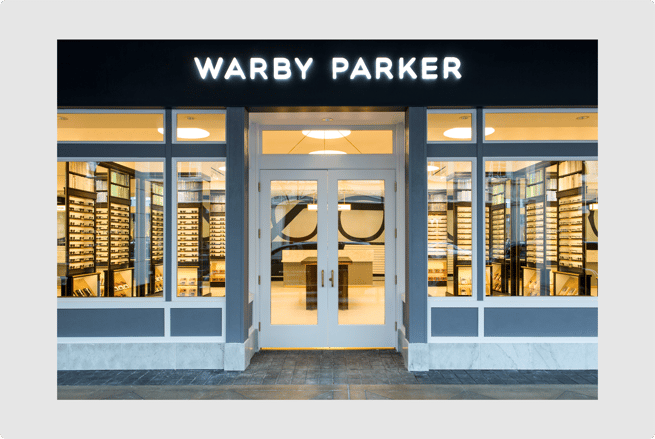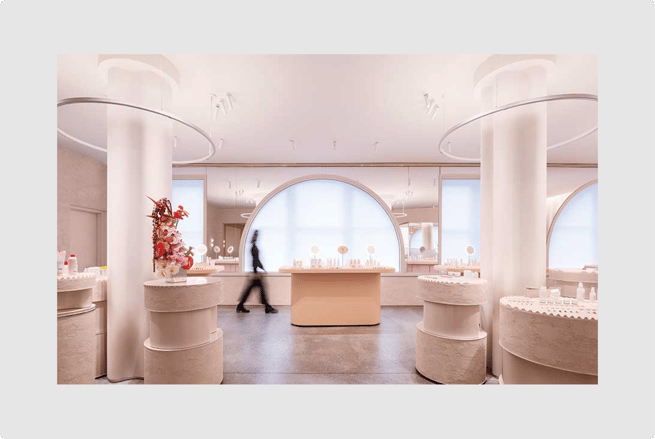In an era dominated by e-commerce and online shopping, the rise of direct-to-consumer (DTC) brands has disrupted traditional retail models. These digitally native companies have gained popularity by leveraging technology, data-driven strategies, and direct customer engagement. However, as DTC brands continue to evolve, many are discovering the benefits of establishing a physical presence through brick-and-mortar stores. This article explores the successful transition of DTC brands to retail stores and the advantages they gain in doing so.
What are the benefits of DTC brands moving to stores?
- Bridging the Online-Offline Gap:
While e-commerce provides convenience and accessibility, it often lacks the tangible experience that physical stores offer. DTC brands recognize the value of establishing a connection with customers beyond the digital realm. Warby Parker, an eyewear brand that started as an online retailer, successfully embraced physical retail by opening brick-and-mortar stores called "Guideshops." These stores allow customers to try on glasses in person, receive personalized styling assistance, and make purchases. By blending the convenience of online browsing with the tactile experience of trying on frames, Warby Parker has created a seamless omnichannel experience that has fueled their growth and expanded their customer base.

- Showcasing Brand Identity and Differentiation:
A physical retail presence enables DTC brands to showcase their unique brand identity and stand out from the competition. By carefully curating store aesthetics, product displays, and store layouts, these brands can convey their values, mission, and story to customers in a visually compelling manner. This immersive environment helps DTC brands differentiate themselves from online competitors and create a lasting impression in the minds of consumers.
- Expanding Reach and Accessibility:
While online platforms allow DTC brands to reach a wide audience, physical stores provide an opportunity to tap into new markets and reach customers who prefer traditional shopping experiences. By strategically selecting store locations, DTC brands can target specific demographics and geographical areas where their online presence might be less prominent. Moreover, physical stores serve as a point of discovery for customers who may not have encountered the brand online, further expanding their reach.
- Enhancing Customer Engagement:
Brick-and-mortar stores provide DTC brands with an opportunity to engage customers on a more personal level. From in-store events and workshops to interactive product displays, these brands can foster meaningful connections with consumers, leading to increased brand awareness and advocacy. Glossier, a beauty and skincare brand that established a strong online presence, recognized the potential of offline engagement and opened Glossier stores called "Glossier Showrooms." These showrooms offer customers a chance to test and experience Glossier's products, seek personalized advice from experts, and immerse themselves in the brand's aesthetic. The success of their physical stores has played a significant role in expanding Glossier's presence and enhancing brand loyalty.

- Building Trust and Credibility:
For some customers, the absence of a physical store can raise concerns about product quality, customer service, and returns. By establishing brick-and-mortar locations, DTC brands can address these concerns and build trust with customers. The ability to see, touch, and try products in person can alleviate doubts and instill confidence in the brand. Additionally, physical stores offer a convenient option for returns or exchanges, further enhancing customer satisfaction and loyalty.
- Integration of Online and Offline Experiences:
One of the key advantages of DTC brands moving into retail stores is the opportunity to create a seamless integration between the online and offline experiences. By leveraging technology, brands can offer features like in-store pickups for online orders, interactive digital displays, and personalized recommendations based on online browsing behavior. This convergence of digital and physical channels provides customers with a holistic and consistent brand experience.
The move of DTC brands into brick-and-mortar stores marks an evolution in the retail landscape. By embracing physical retail spaces, these digitally native brands are capitalizing on the unique advantages they offer, including enhanced customer engagement, the ability to showcase brand identity, expanded reach, and improved trust and credibility. As DTC brands continue to navigate the evolving consumer preferences, the successful transition of brands like Warby Parker and Glossier to retail stores demonstrates the importance of bridging the gap between online and offline experiences for long-term growth and sustainability.




